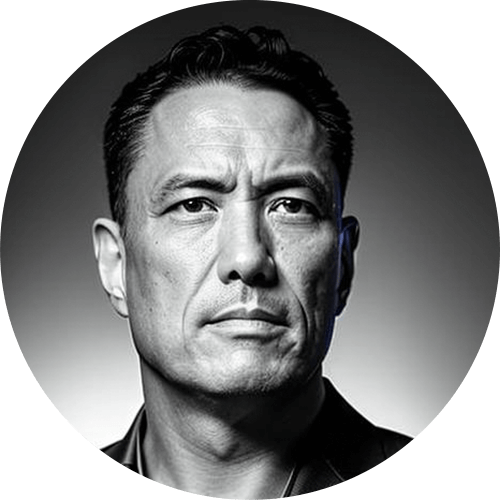“Think about behaviours, not types”, gamification consultant Andrzej Marczewski answers our questions
Ever wondered how to manage gamification in the workplace and what are some of the common mistakes managers do while trying to implement gamification? Andrzej Marczewski, gamification consultant, designer, speaker, author, thought leader and creator of the Gamified.uk, has agreed to share his thoughts with us.
You’ve developed a model for user types in gamification. can you explain the value of using it when setting out to gamify employee performance?
“People have been using the types in different ways. Some survey their audience to see what types of users they have and then try to build for them more specifically. Others, myself included, use it more as a reminder to design for differing types of people within a system. I developed the types as an alternative to Bartle’s player type model, one that was specifically aimed at gamification and based around motivations we often speak about – RAMP (Relatedness, Autonomy, Mastery, Purpose).”
“Combined with the suggested gamification elements and mechanics, you can tailor the experience in different ways. So for instance, if you want to attract more altruistic behaviours, you can try to include elements that attract that sort of behaviour or user. If you want to get more users pushing towards achievement and mastery, you can include more mechanics that cater for that type of behaviour.”
How can the model work when you have a mass of employees, which are all different player types?
“As I have said, rather than trying to cater for every type (which you can of course do), it can be more beneficial to concentrate on the types of behaviours you are looking to encourage. At first it will attract users that are more interested in those behaviours naturally, but combined with good communications and of course good design, it should be possible to attract those who are not as aligned to those types.”
“At the end of the day, you are looking for a specific set of behaviours and sometimes you have to accept that not everyone will display them as and when you want them to.”
Is there a blueprint for addressing the more common cases of workforce gamification: digital motivation, learning etc?
“It depends who you speak with. There are great frameworks and platforms out there that try to address these with varying levels of success. If there was a one size fits most blueprint, none of us would be working in gamification, it would be easy!”
“I feel there are common concepts that can help in these instances. Good feedback around performance and progress are my key “go to” concepts. Having worked in large enterprises, I know full well that neither of those is communicated well to employees, which can be soul crushing. They often go hand in hand with a good understanding of your purpose in the company as well.”
“Very often it is tough to understand how your job or the work you are doing, can really be important to the company. The analogy I always talk about is a small cog in a big machine. Whilst it is spinning away furiously, it may never understand its true reason for being. However, if it stops spinning, the whole machine stops working.”
What’s the most surprising application of gamification you’ve been involved in?
“I was asked to use gamification to increase engagement in a Russian Literature and Folk Lore course. Not surprising, but different working in a foreign language. I have been asked to help gamify some strange things, including a cushion!”
What should organizations avoid when considering workforce gamification?
“Patronising or annoying their employees. Something I see all too often is gamification designed for children being rolled out into a workforce. It is the age old issue of one person, working on their own thinking they have a great idea – without ever checking if anyone else likes it.”
I remember some training I had to take that had been “gamified”. Every time you answered a question correctly, a little animation played of a pixel art builder building a house. It was painful after the first time though, as you could not skip it. It was also pointless, nothing you did actually affected the animation or the outcome of the “game”. What should have taken me about 10 minutes, told over 30!”
Where do you see workforce gamification in 5 or 10 years from now?
“With luck, we won’t be speaking about it at all, it will just be part of the employee experience. From their first day doing their induction, to the way their reviews are handled, everything will have an element that we may refer to as gamification.”
Engage and motivate your frontline teams
Improve performance with an AI-powered digital coach
Deliver world class CX with dynamic, actionable quality evaluations
Boost performance with personalized, actionable goals
Nurture employee success with the power of AI
Listen and respond to your frontline, continuously
Drive productivity with performance-driven learning that sticks
Drive agent efficiency, deliver client results
Keep tech teams motivated and proficient on products and services while exceeding targets
Maintain compliance while building customer happiness and loyalty
Enlighten energy teams to boost engagement
Engage, develop, and retain your agents while driving better CX
Improve the employee experience for your reservations and service desk agents



 Madeleine Freind
Madeleine Freind
 Natalie Roth
Natalie Roth Linat Mart
Linat Mart












 Doron Neumann
Doron Neumann Gal Rimon
Gal Rimon Daphne Saragosti
Daphne Saragosti Ella Davidson
Ella Davidson Ariel Herman
Ariel Herman Ronen Botzer
Ronen Botzer